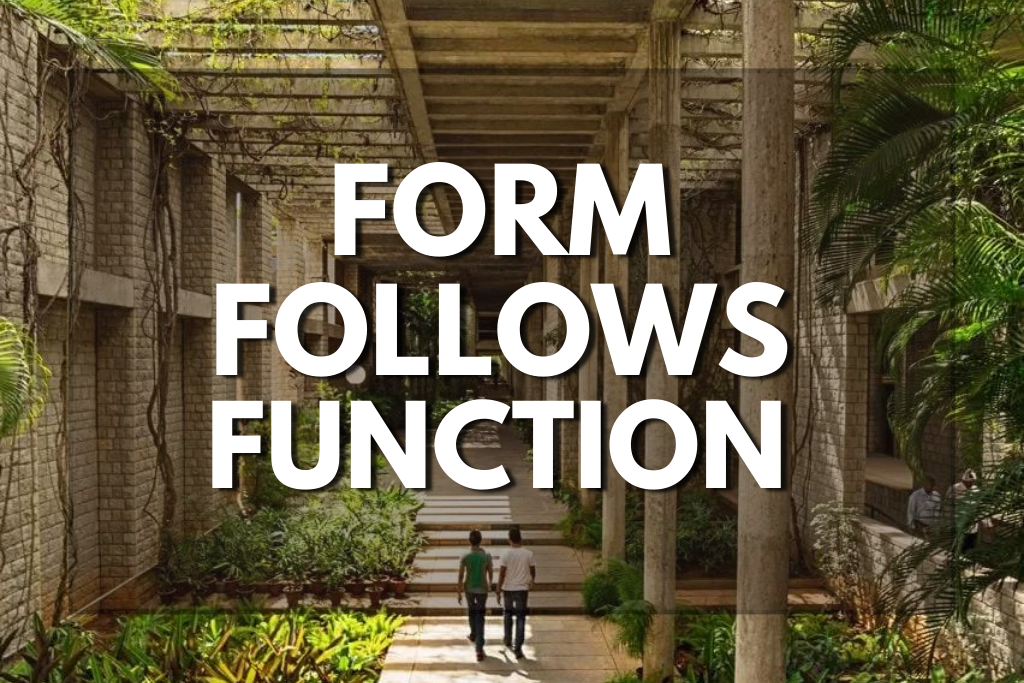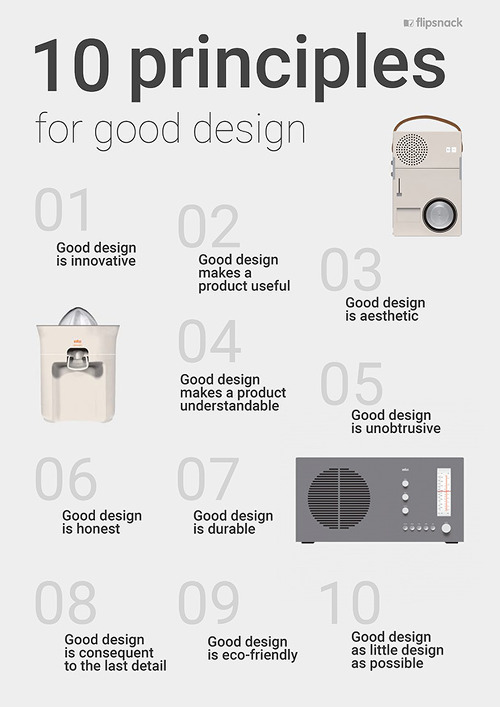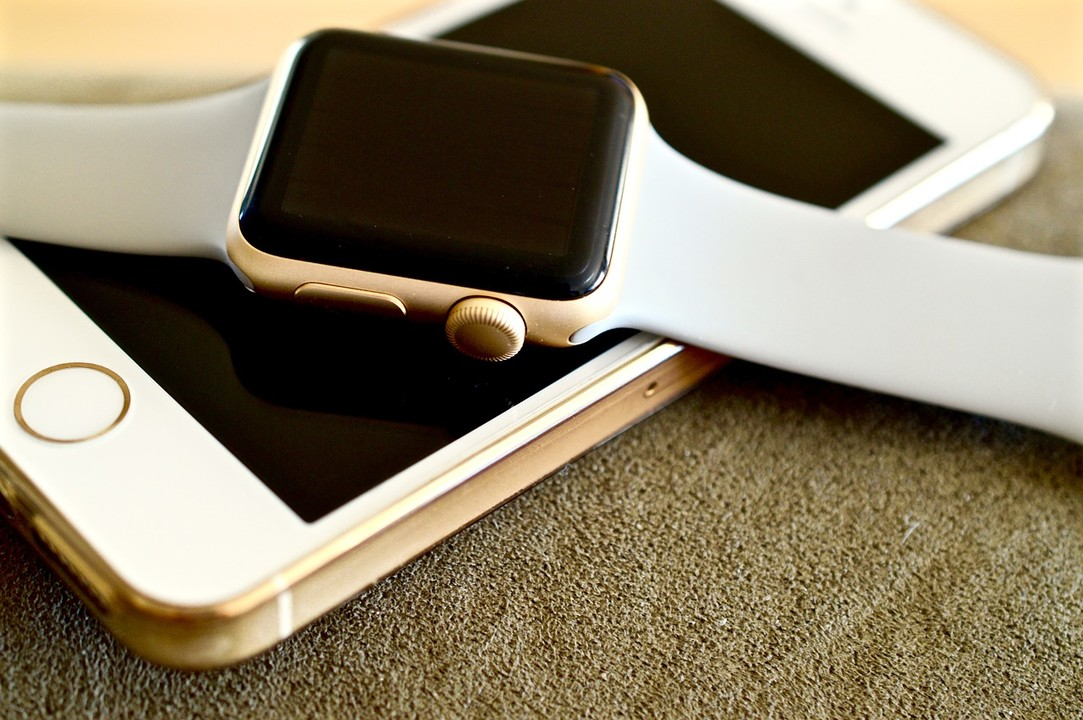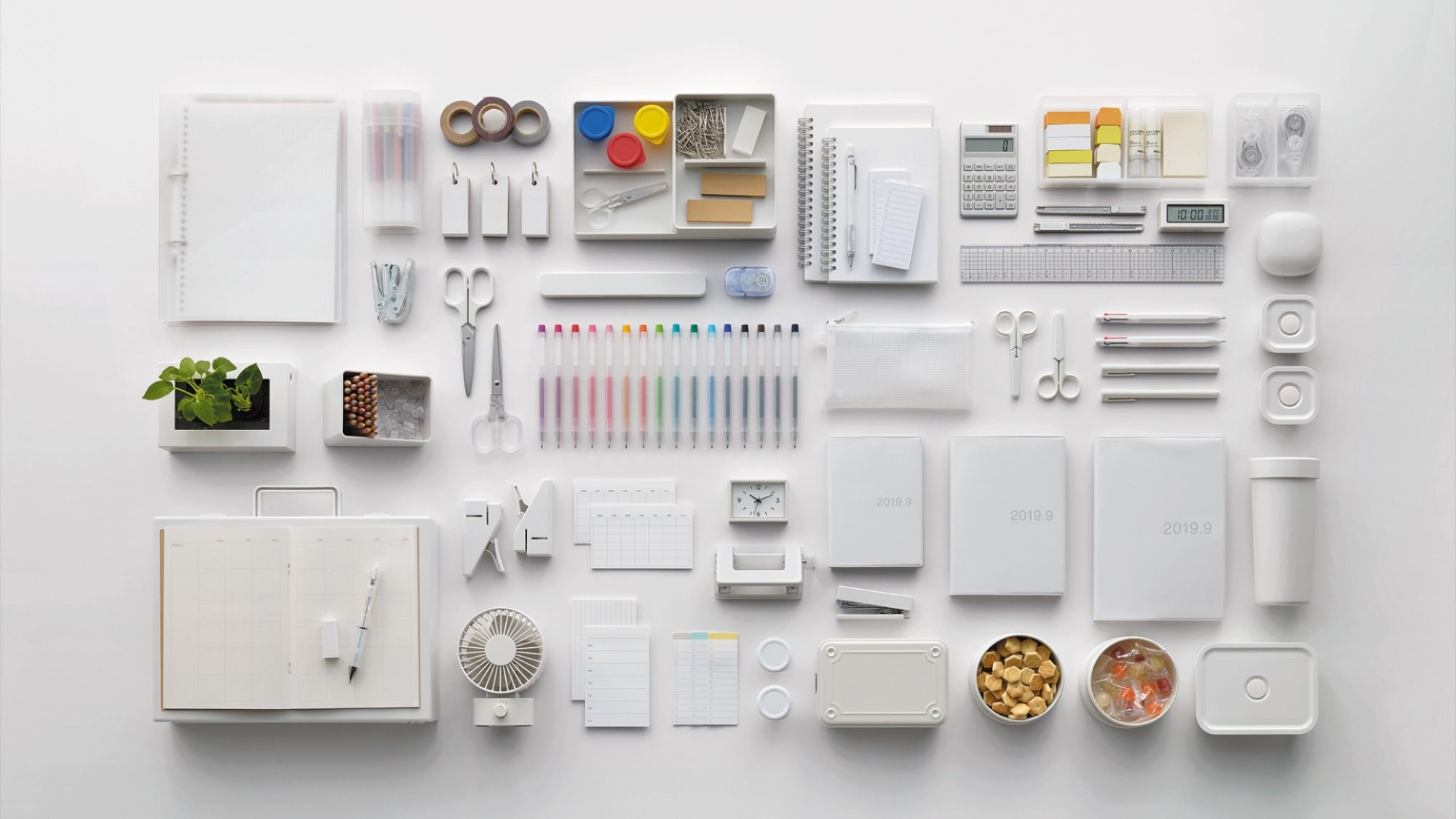What’s Your Design Philosophy? | 매거진에 참여하세요
What’s Your Design Philosophy?
#Principles #Minimalism #Function #Design #Philosophy #Purpose #Style
A blueprint for creating with clarity, purpose, and consistency
In an age where anyone can design, what separates decoration from direction?
The answer lies in design philosophy—not as a lofty ideal, but as a practical compass that guides choices, aligns teams, and builds lasting impact.
What Is Design Philosophy?
Design philosophy isn’t just about aesthetics. It’s the thought structure behind design decisions—the “why” beneath the “how.”
It reflects the values, principles, and worldview that shape how a designer or organization approaches problems, forms, and functions. It’s about more than what we build; it’s about why we build it that way.
Without philosophy, design risks becoming ornamental noise. With philosophy, even the simplest product becomes a meaningful experience.
The Core Elements of a Design Philosophy
Most philosophies draw from three foundational dimensions:
- Form: Not just visual style, but how shapes, typography, and layout communicate meaning.
- Function: How a product achieves its purpose and meets user needs.
- Value: The ethical and societal impact of what we design.
These dimensions are never isolated—they intersect and influence each other, shaping the direction of every creative decision.
Iconic Philosophies That Shaped Design History
Bauhaus – Form follows function
Born in 1919 Germany, Bauhaus rejected ornamentation and embraced function-first minimalism. I
ts influence laid the foundation for modern UX and product design.

Dieter Rams – 10 Principles of Good Design
Braun’s legendary designer believed “Good design is as little design as possible.”
His ten rules—like being honest, durable, understandable—shaped the DNA of Apple’s aesthetic.

Apple – Human-Centered Design
Apple designs for invisibility—interfaces that disappear so users can focus on what matters.
The original iPhone and the MacBook’s gesture-based UX embody this principle.

MUJI – The beauty of nothingness
MUJI removes branding, colors, and visual noise to leave only the essential.
It invites interpretation and emotional space by doing less, not more.

Why Design Philosophy Matters
In today’s digital world, design isn’t just how it looks—it’s how it works, includes, and sustains.
A well-defined philosophy enables:
- Brand consistency across all touchpoints
- Clear decision-making in fast-paced design sprints
- Trust-building through thoughtful, user-centered design
How to Define Your Own Design Philosophy
A personal philosophy gives your design process identity. To start building yours, ask:
What problem do I want to solve through design?
What emotions do I want users to feel?
Do I prioritize function, beauty, or balance?
What values guide my decisions?
Turning Philosophy into Practice
Step | Action | Details / Example |
|---|---|---|
Step 1 | Define the Philosophy | “I believe design should reduce user stress and communicate clearly with minimal friction.” |
Step 2 | Translate into Design Principles | - Prioritize information by relevance (visual hierarchy) |
Step 3 | Build a Style Guide | Translate principles into specific UI rules: |
Step 4 | Apply to Real Projects | Use your philosophy and style guide in real product design: |
In the End, Philosophy Is a Compass
Design philosophy isn’t fluff. It’s what helps you stay true when decisions get messy—when a client pushes, when the team disagrees, or when it’s time to redesign everything from scratch.
Use it to:
- Maintain brand direction across changing teams
- Mediate conflicting demands
- Lead intentional redesigns
In a world of infinite options, philosophy isn’t a limitation—it’s the path.






